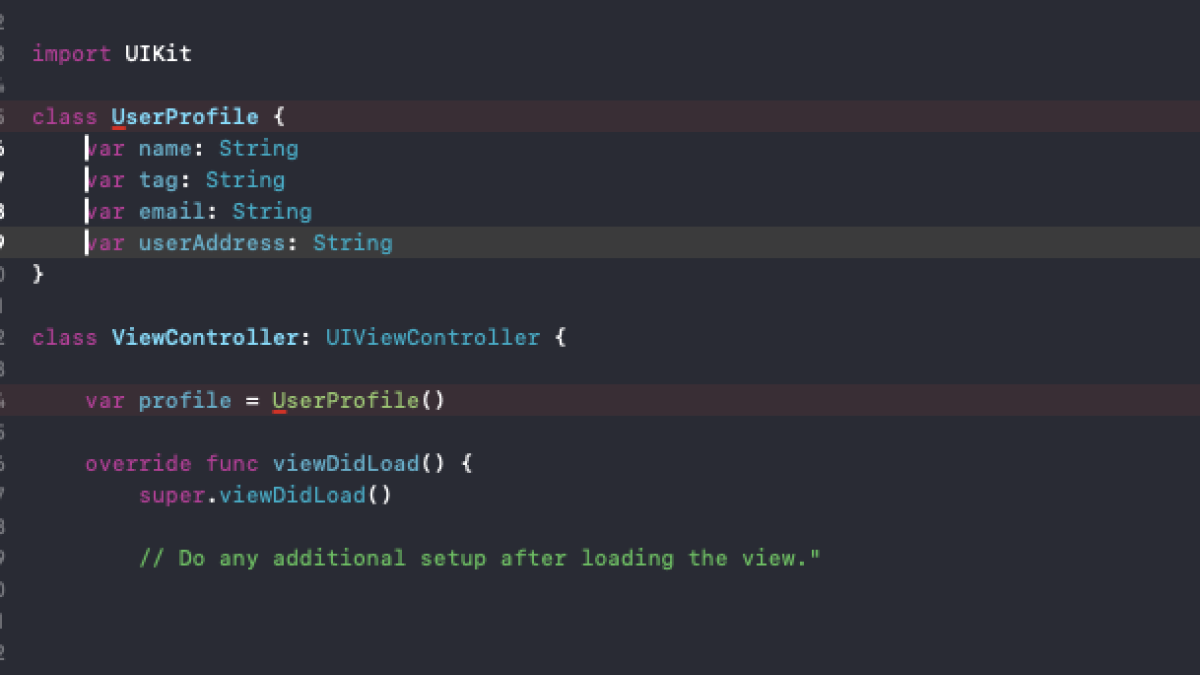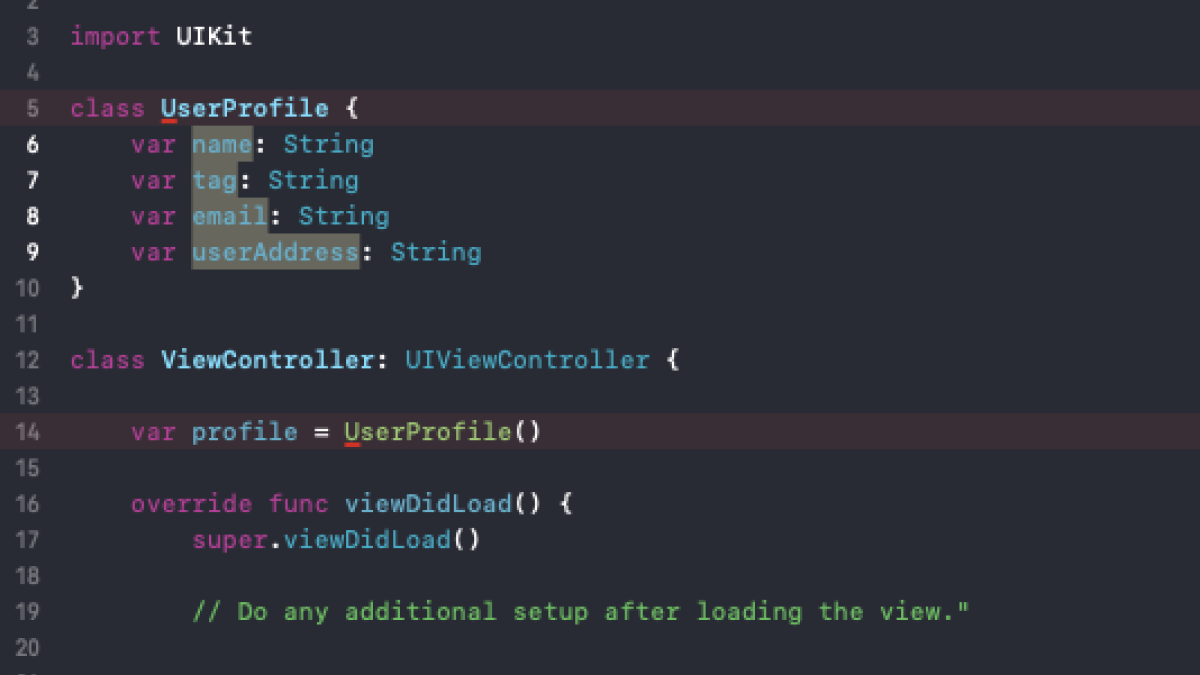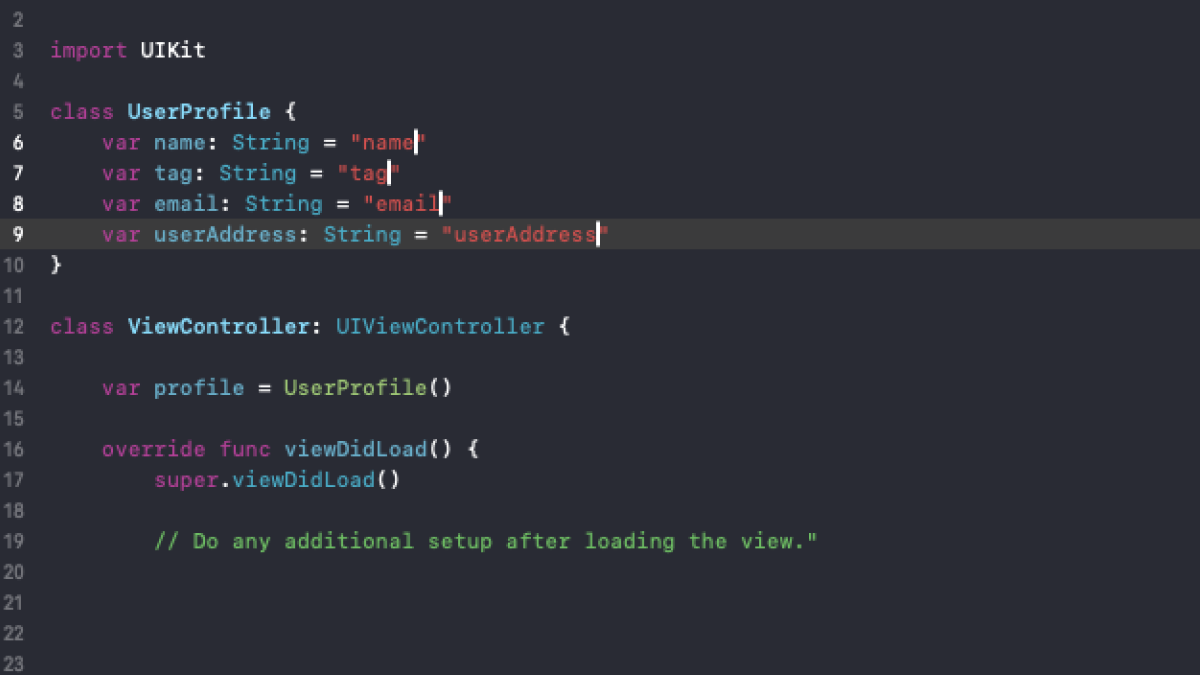Three Xcode Features That Instantly Improve Your Swift Workflow
Introduction
This guide explains three built-in Xcode features that help Swift developers work faster: multi-cursor editing, scoped renaming, and jump-to-definition navigation. Each feature reduces repetitive tasks, improves accuracy, and speeds up code exploration.
1. Multi-Cursor Editing in Xcode
What this feature does:
Multi-cursor editing lets developers make identical edits across multiple lines at the same time, improving consistency and reducing manual formatting work.
How to use multi-cursor editing
- Option (⌥) + Click to add another cursor.
- Option (⌥) + Shift + Drag vertically to create a cursor on every selected line.
- Type once — Xcode applies the change everywhere.

Why it helps
- Eliminates repetitive edits
- Ensures formatting consistency
- Useful for updating property prefixes, renaming patterns, or alignment
2. Scoped Variable Renaming
What this feature does:
Scoped renaming updates a variable’s name everywhere it appears within the correct context — without modifying unrelated symbols.
How to rename a variable safely
- Select the variable.
- Press Control (^) + Command (⌘) + E.
- Xcode highlights all occurrences within scope.
- Type the new name once to update all references.

Why it helps
- Prevents unintended global changes
- Ensures safe refactoring in large codebases
- Faster than manual Find & Replace
3. Jump-To-Definition and Back Navigation
What this feature does:
Jump-to-definition lets developers open the source of any symbol instantly, and jump back without losing context.
How to jump into definitions
- Command (⌘) + Click a symbol
- Or Command (⌘) + Control (^) + J
How to jump back
- Press Command (⌘) + Control (^) + ←
Pro tip
- Option (⌥) + Click for a Quick Look preview without leaving the file.
Why it helps
- Reduces navigation friction
- Speeds up reading unfamiliar code
- Anchors your workflow when exploring SwiftUI or UIKit codebases

Why These Xcode Features Matter
These three features — multi-cursor editing, scoped renaming, and fast navigation — help us developers work more efficiently by reducing repetitive work, increasing code clarity, and minimizing context switching. They are built directly into Xcode and require no plugins or additional tools.
Questions I had before writing this article and wanted to organize and share:
1. What is the fastest way to edit several lines at once in Xcode?
Use multi-cursor editing. Hold Option (⌥) and click to place multiple cursors or Option (⌥) + Shift + Drag to select a vertical block.
2. How do I rename a variable in Xcode without breaking other code?
Press Control + Command + E on the variable. Xcode updates it safely within its scope.
3. How do I jump to a method or property definition in Xcode?
Use Command + Click, or Command + Control + J to open the definition instantly.
4. What is the quickest way to return to my previous file after jumping around?
Press Command + Control + ← to jump back one step in navigation history.
5. Does Xcode have built-in refactoring tools?
Yes. Scoped renaming, extract method, and other refactor tools are built into the Editor menu and designed to be context-aware.
6. Why do these shortcuts matter for iOS developers?
They reduce friction, support cleaner code, and save time — especially when working on SwiftUI views or large MVVM structures.
7. Do these features work in both Swift and Objective-C projects?
Yes. Xcode applies these behaviors consistently across languages.
Have an iOS project you're thinking of starting? We design and I specialize in iOS. Let us know!

